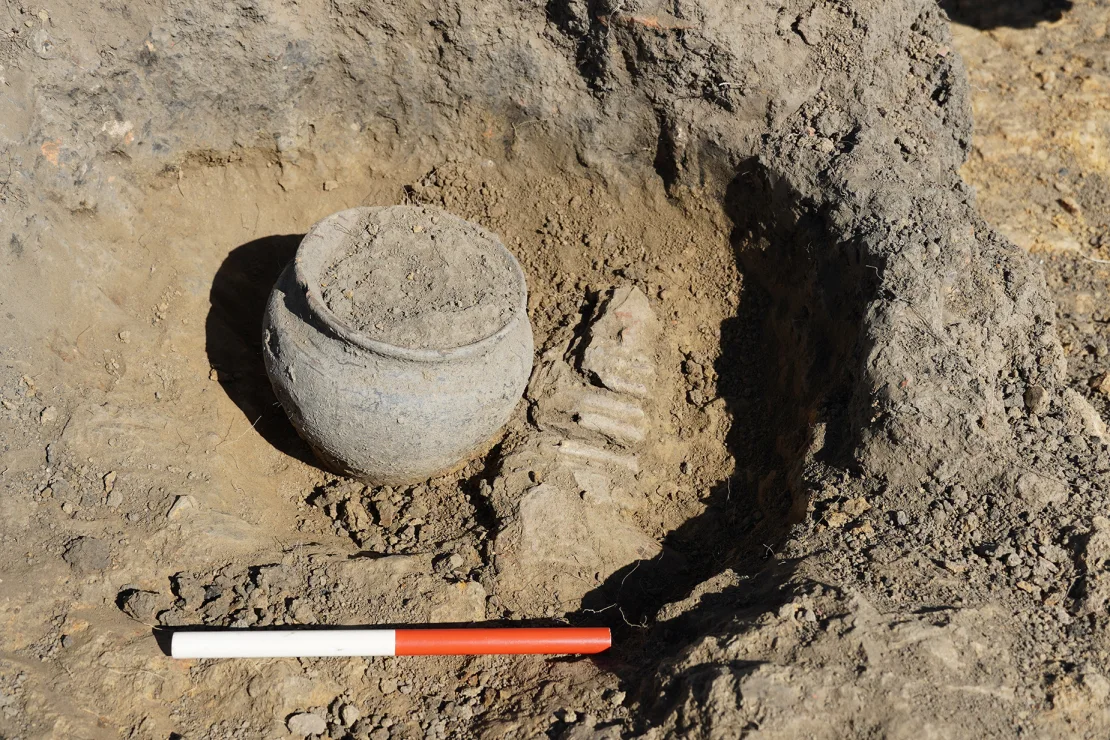The rare artifact, discovered at an archeological site at Smallhythe Place in Kent, England, provides evidence of a previously unknown Roman settlement that was in use between the first and third centuries, according to a news release from the National Trust, a conservation charity.
Portable figures and statues of Romans gods were part of daily life in Roman Britain. Both elite and ordinary citizens would have worshipped the figurines in their homes — or left them in temples or other places as an offering or gift to the god in question.
Mercury was the Roman god of fine arts, commerce and financial success. This newly discovered Mercury was made from pipeclay, a fine white clay used to make tobacco pipes, and examples are extremely rare, with fewer than 10 discovered so far from Roman Britain. More often, figurines of Mercury were crafted of metal, according to the statement.

“Finds like this at Smallhythe provide an extremely valuable insight into the religious beliefs and practices of the culturally mixed populations of the Roman provinces,” said Dr. Matthew Fittock, an expert on ceramic figures in Roman Britain, in the release.
This complete figurine probably would have depicted Mercury standing, either draped with a short cloak or naked, and holding a staff with two intertwined snakes, according to the National Trust.
The Mercury head along with other finds from the excavation will be on display starting February 28 at Smallhythe Place, which was one of the most important shipbuilding centers in medieval England from the 13th to mid-16th centuries.


